While I did not get the chance to dive in Alvin on the Popping Rocks cruise, I did get a chance to hangout inside the personnel sphere with two of its pilots (Jefferson and Danik) and sketch for a few hours the other day.
While I did not get the chance to dive in Alvin on the Popping Rocks cruise, I did get a chance to hangout inside the personnel sphere with two of its pilots (Jefferson and Danik) and sketch for a few hours the other day.
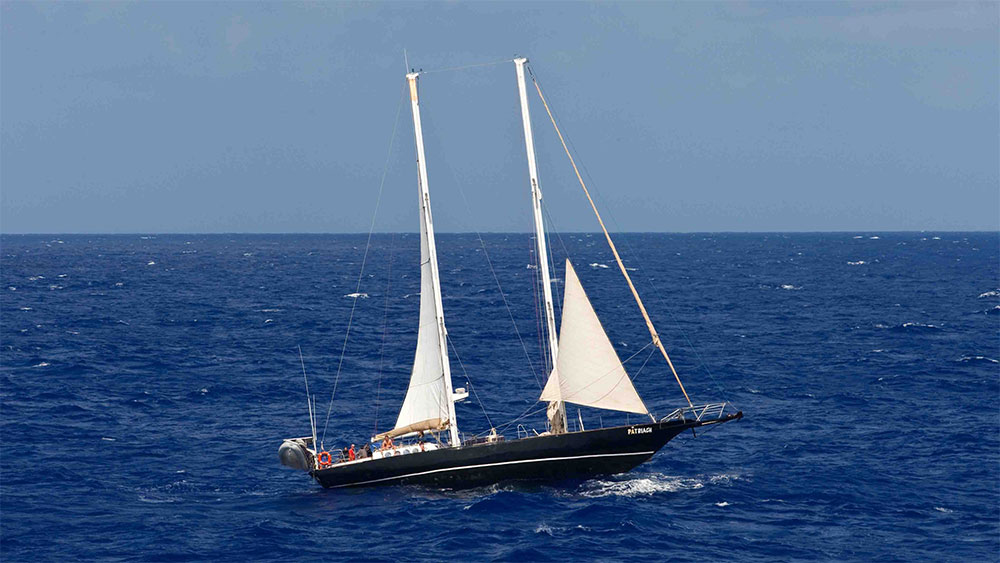
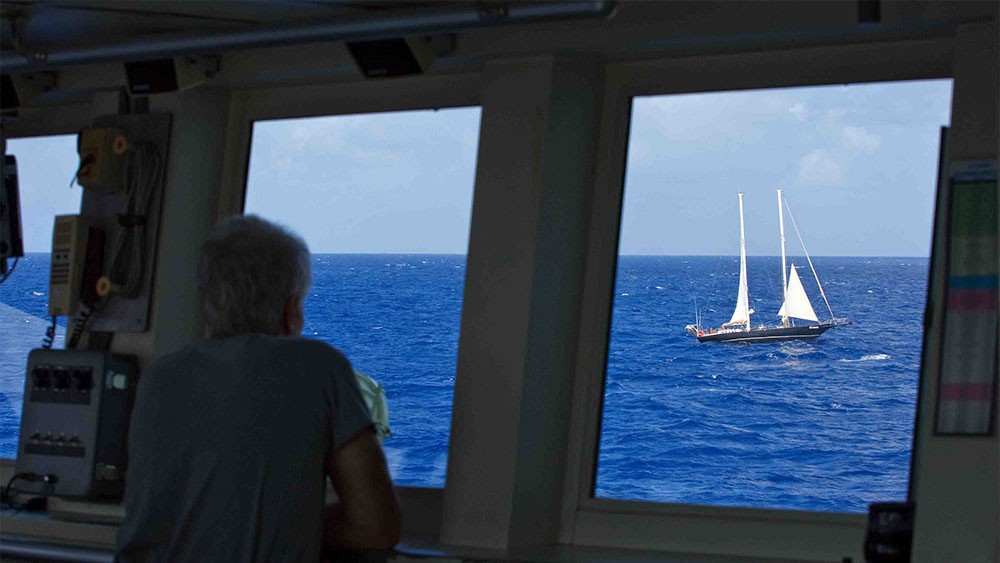
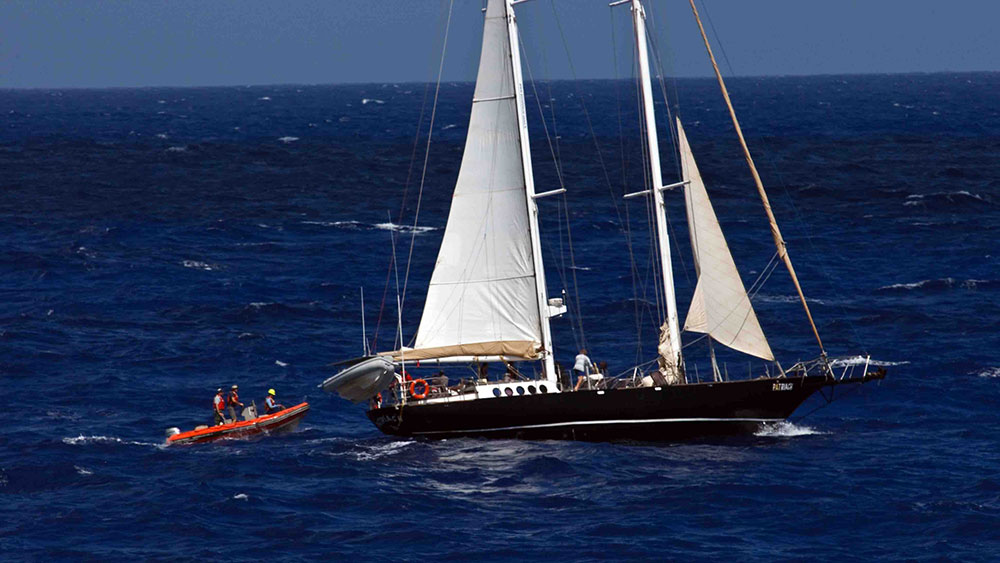
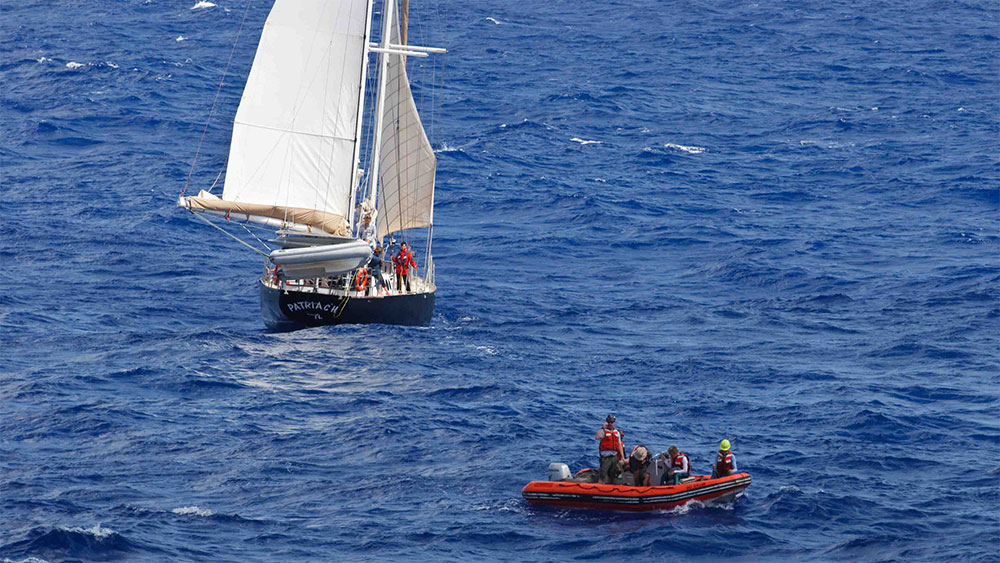
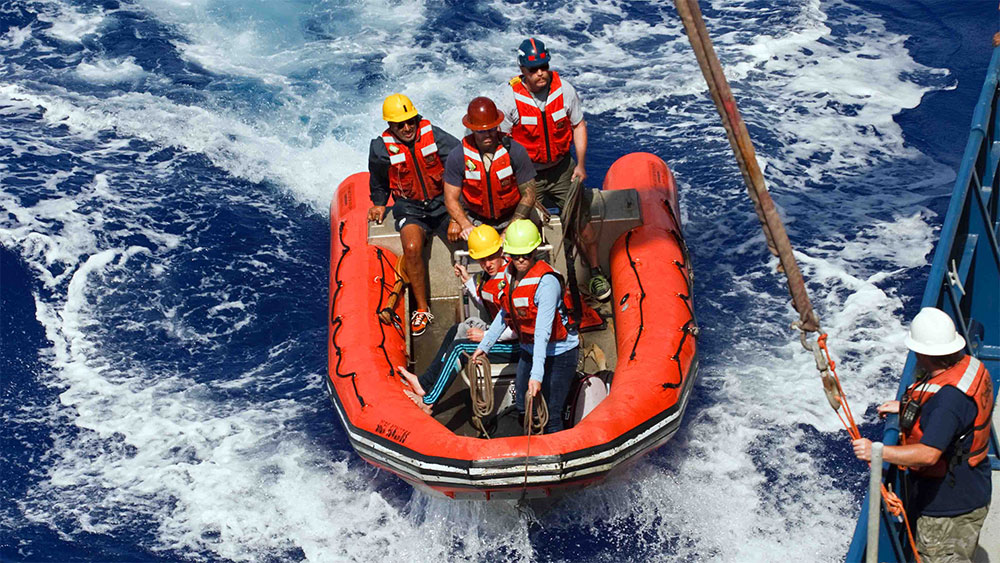
On the evening of Saturday, March 26, R/V Atlantis received a call from the U.S. Coast Guard informing us of a vessel nearby with a severely seasick sailor who needed to be evacuated. It was a French vessel that had originally contacted the French Coast Guard for assistance, which then alerted their U.S. counterparts. After assessing the situation, the U.S. Coast Guard decided that Atlantis presented the best option to safely evacuate, treat, and transport the sick sailor. Read More→
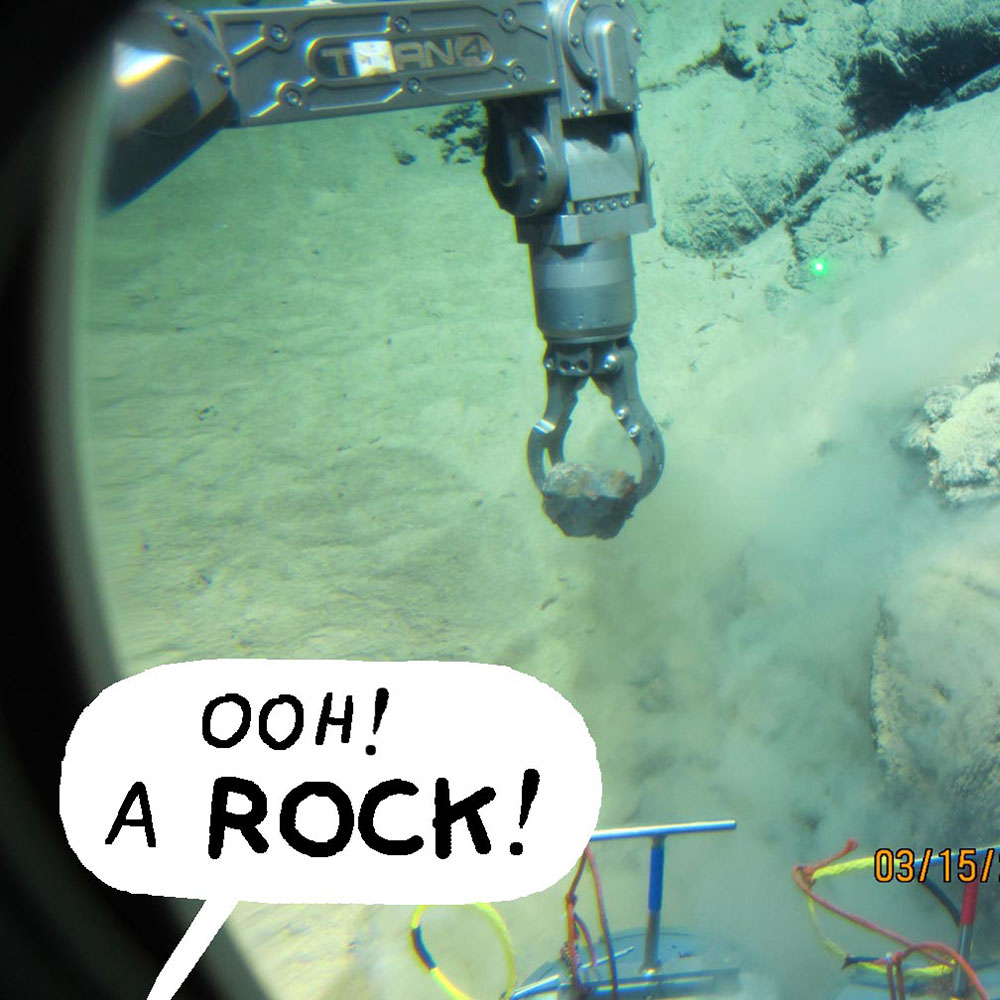
(Mark Kurz, chief scientist, Woods Hole Oceanographic Institution; Eric Mittelstaedt, co-chief scientist, University of Idaho; Funder: NSF; ©Woods Hole Oceanographic Institution)
Prepare to get up close and personal with some deep-sea rocks! Read More→
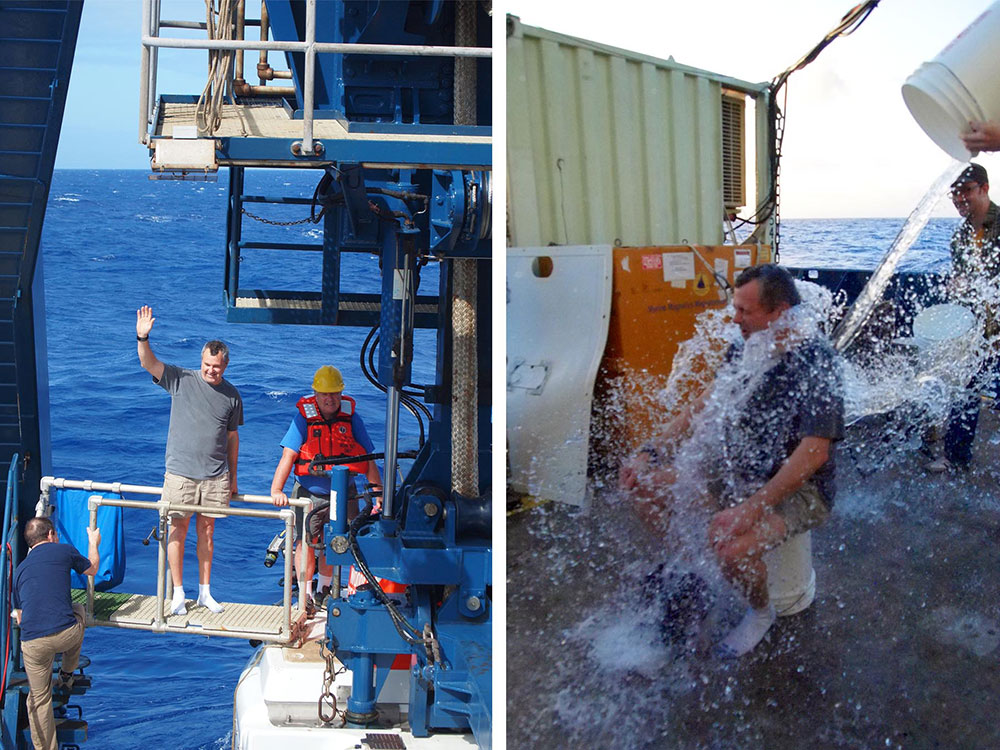
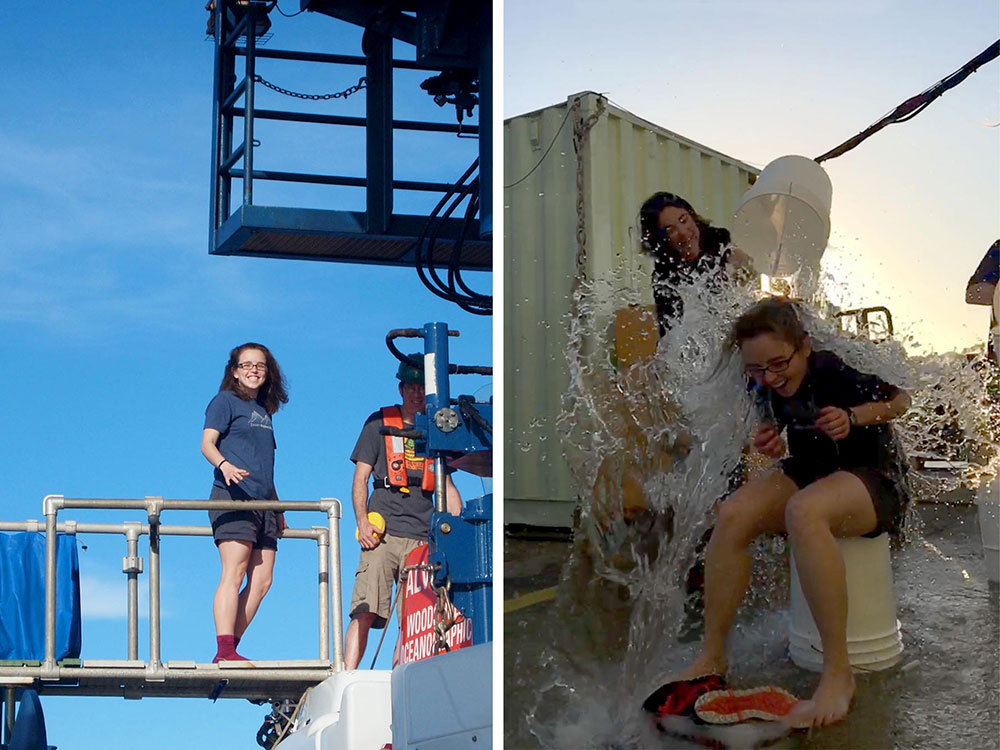
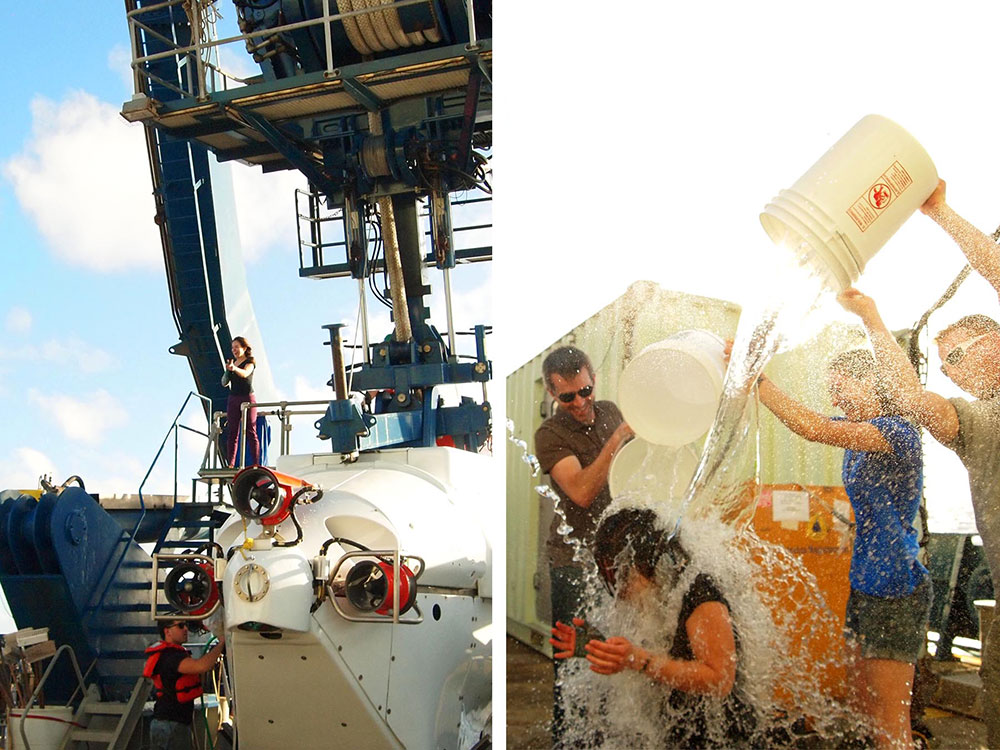
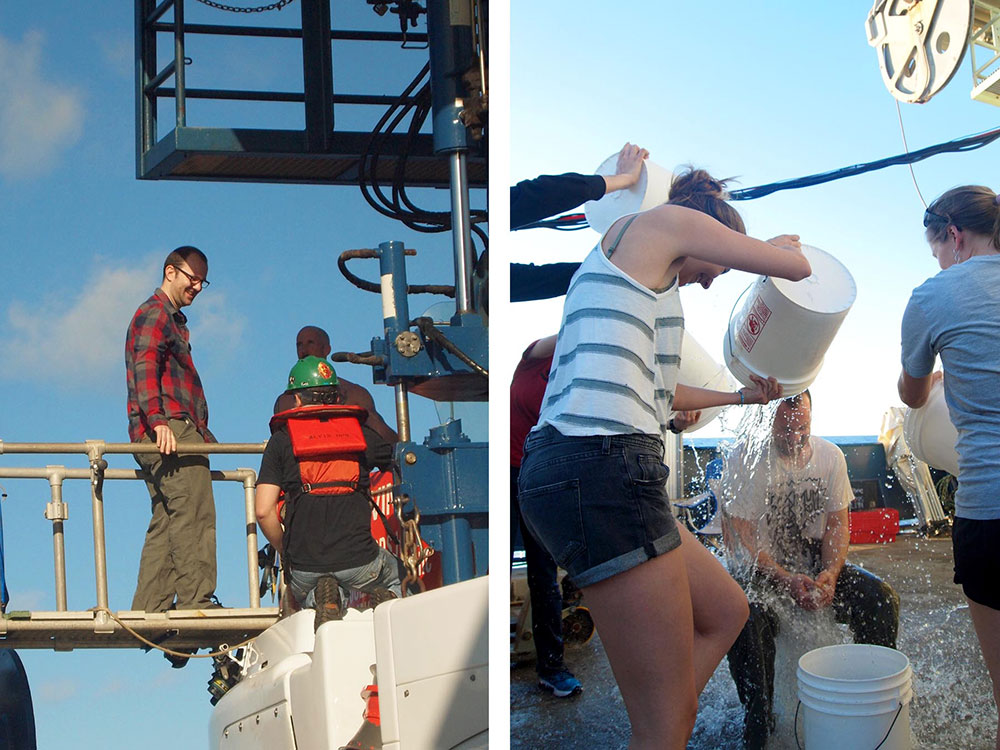
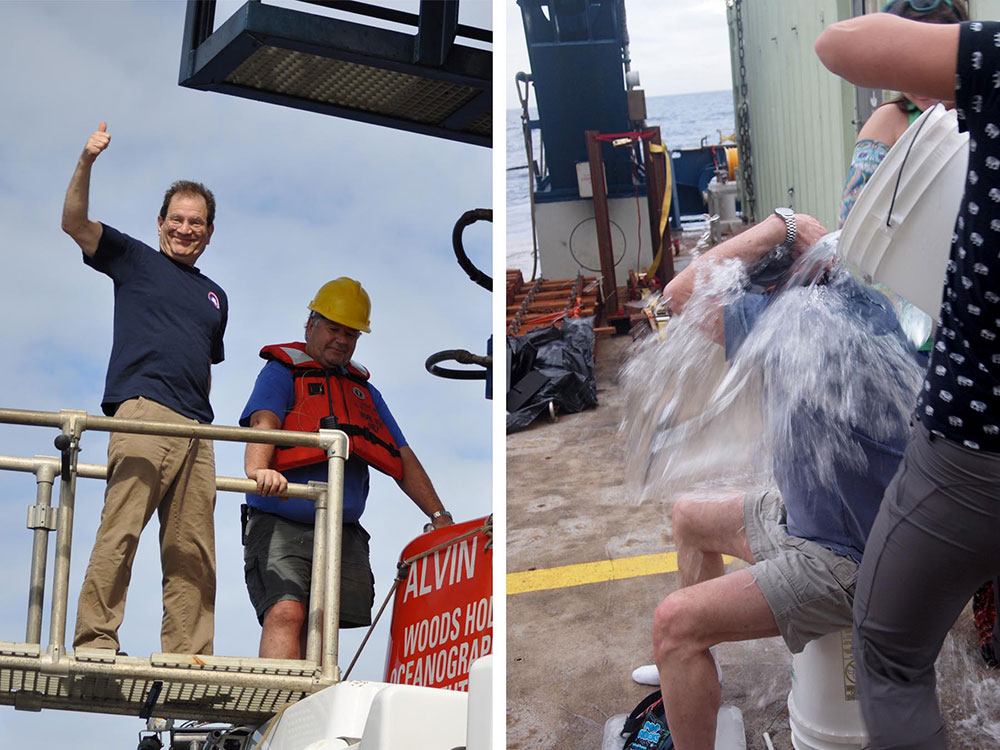
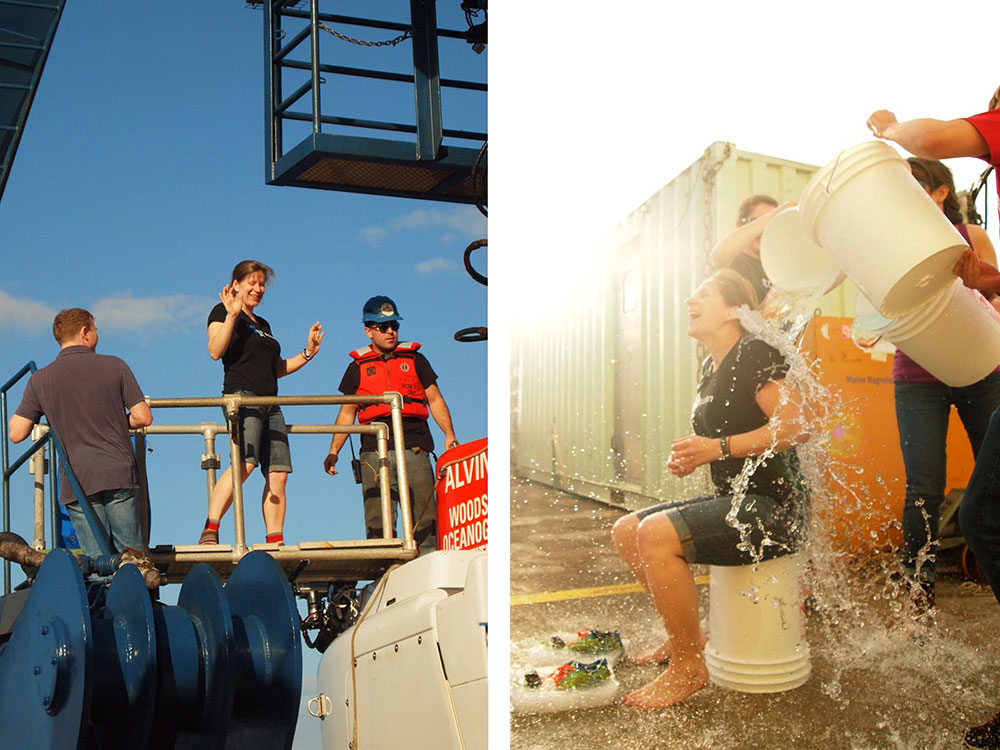
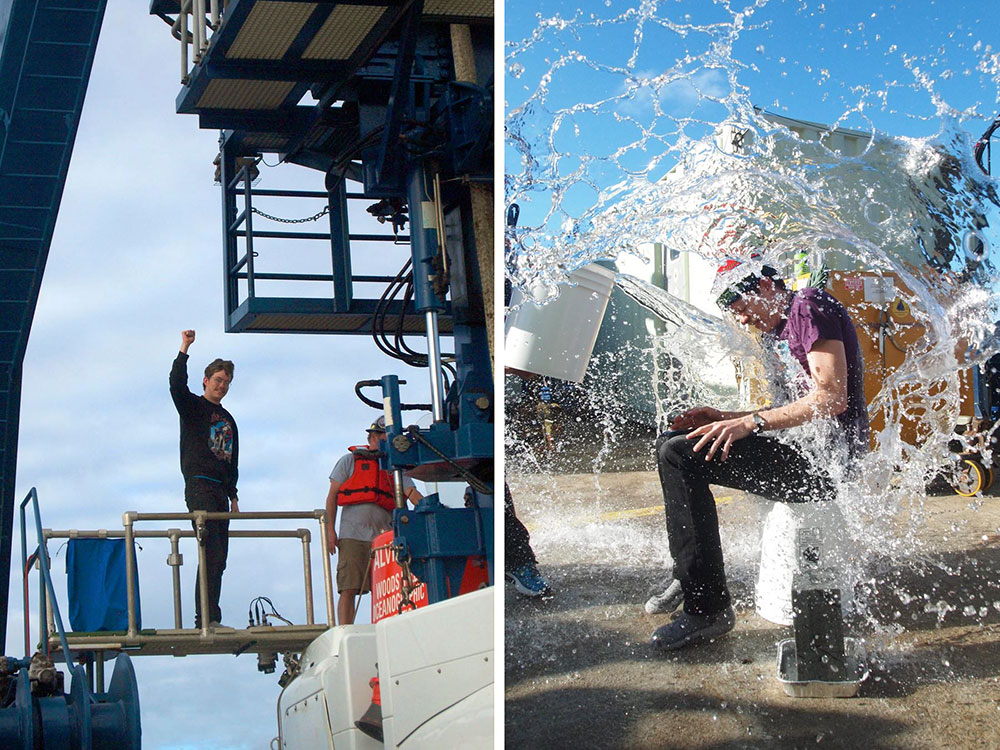
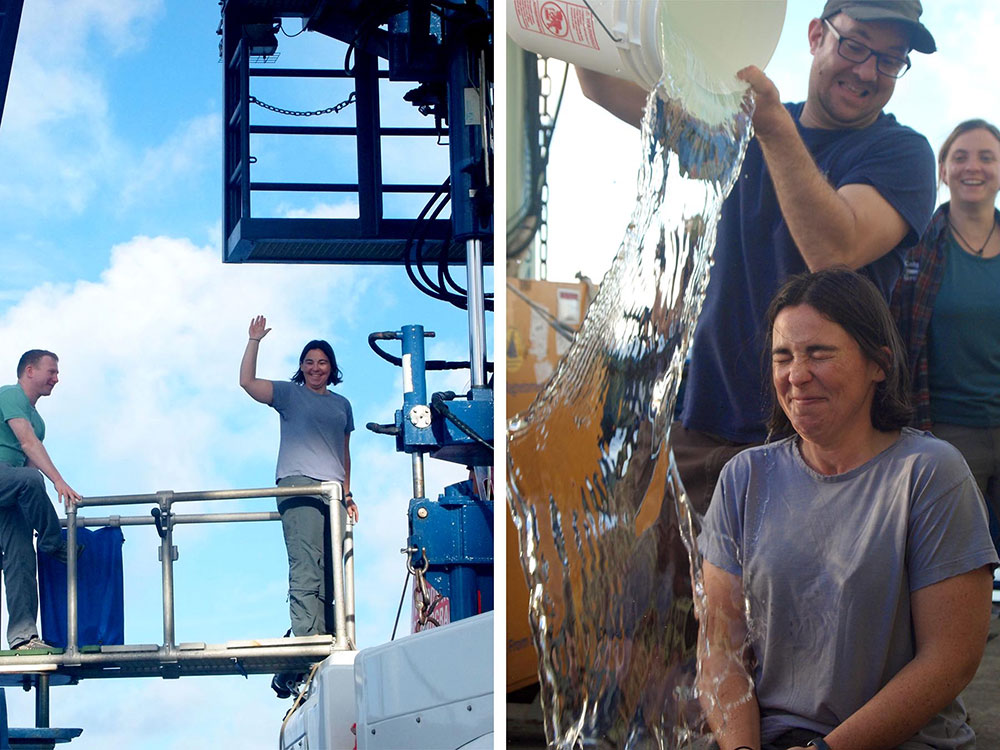
There’s a first time for everything, and for a small group of people, that includes a first dive in Alvin. Read More→
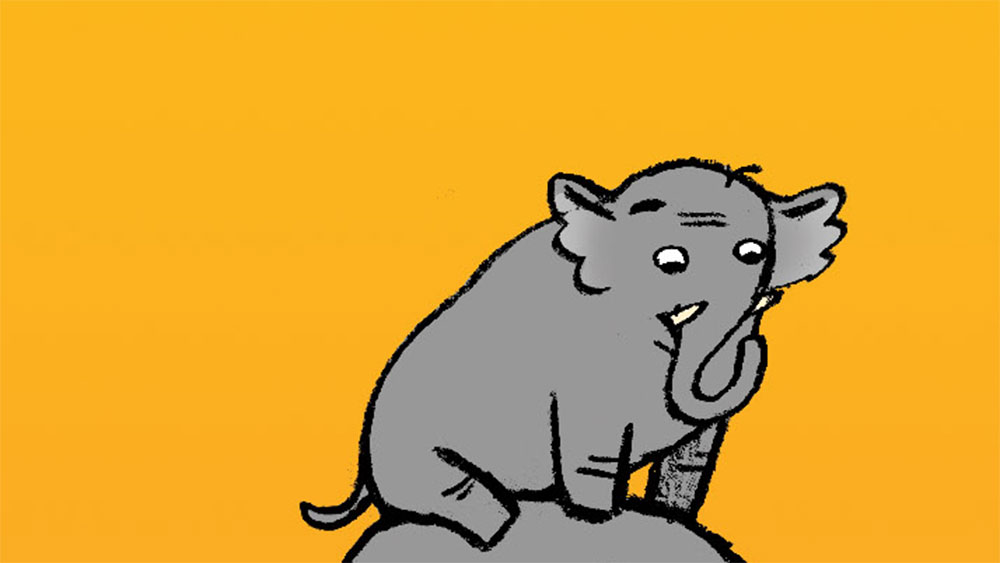
Images by Maris Wicks; text with the assistance of Eric Mittelstaedt, University of Idaho
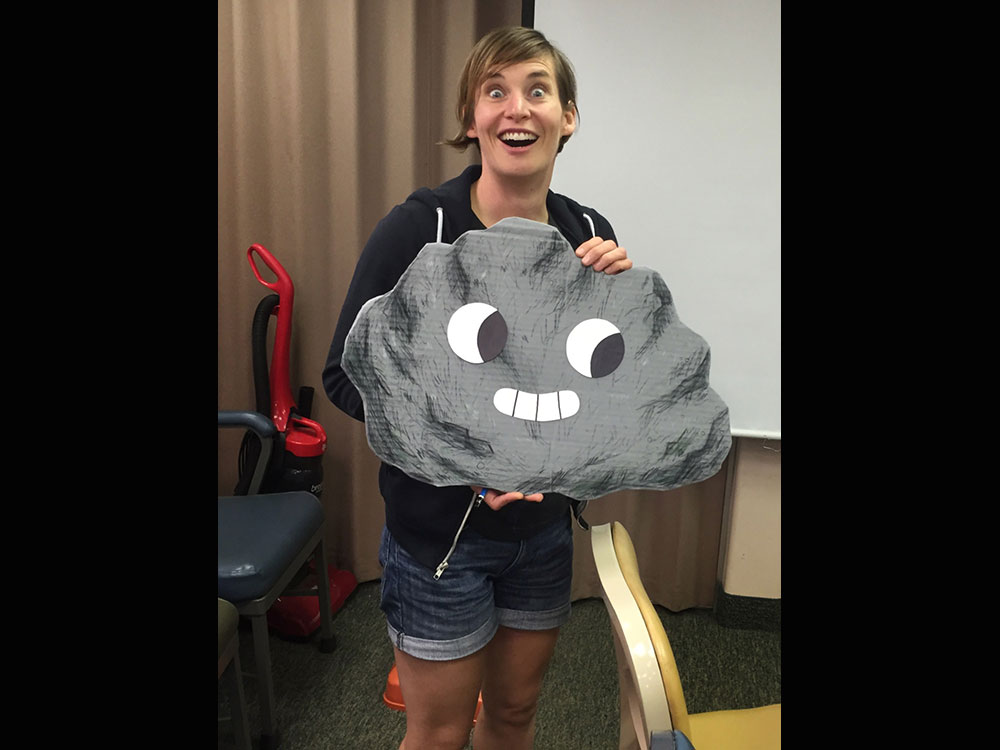
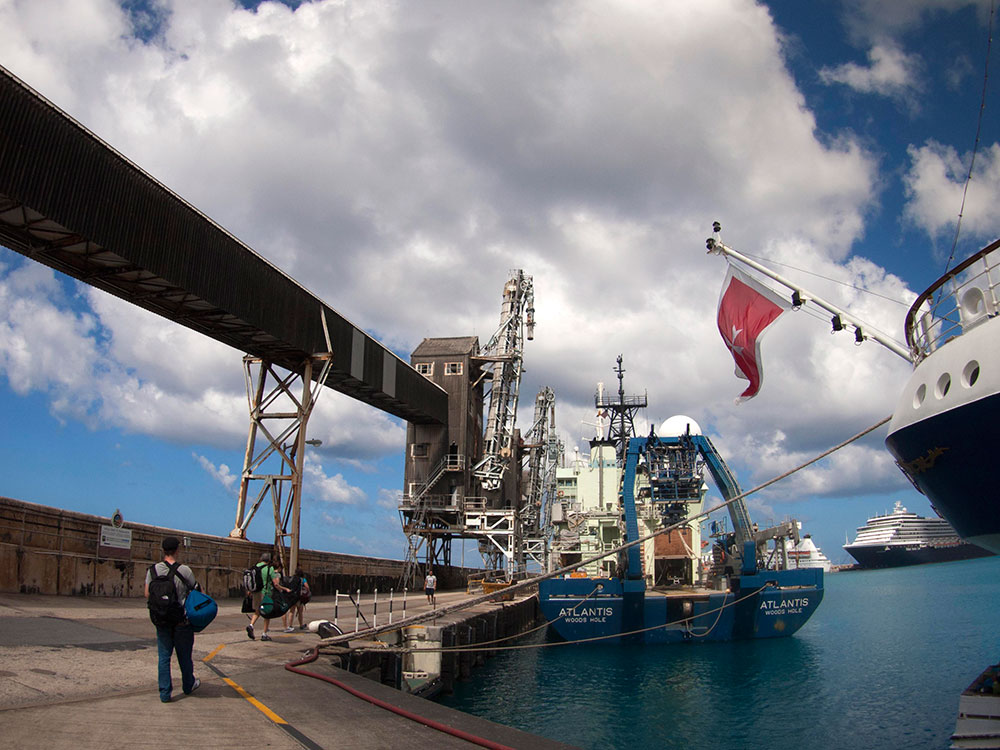
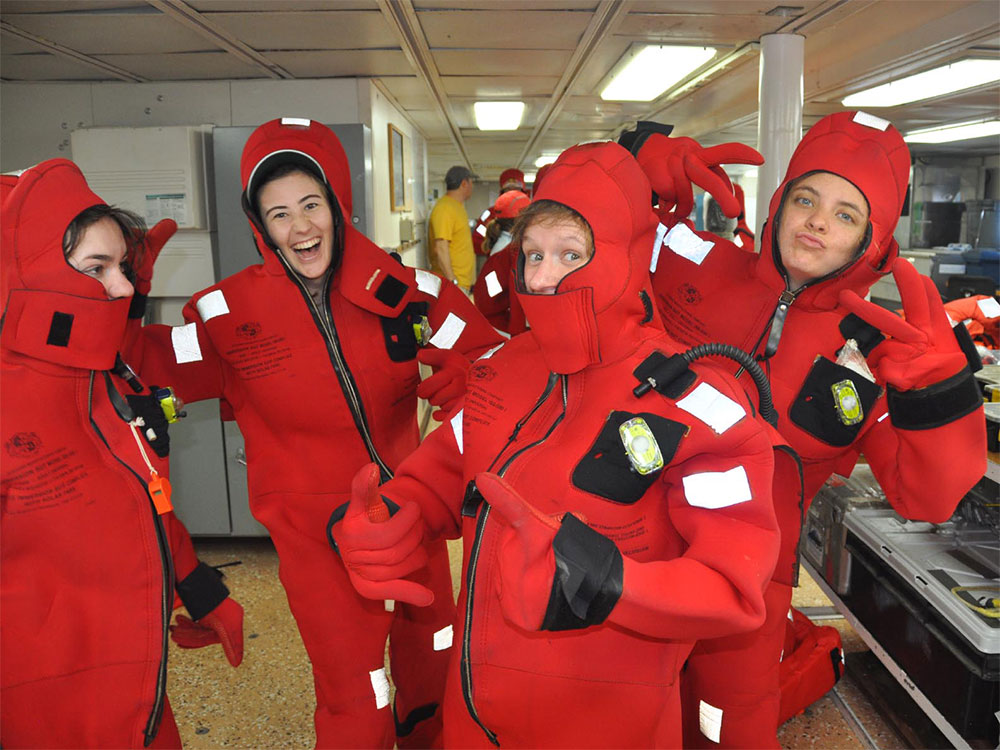
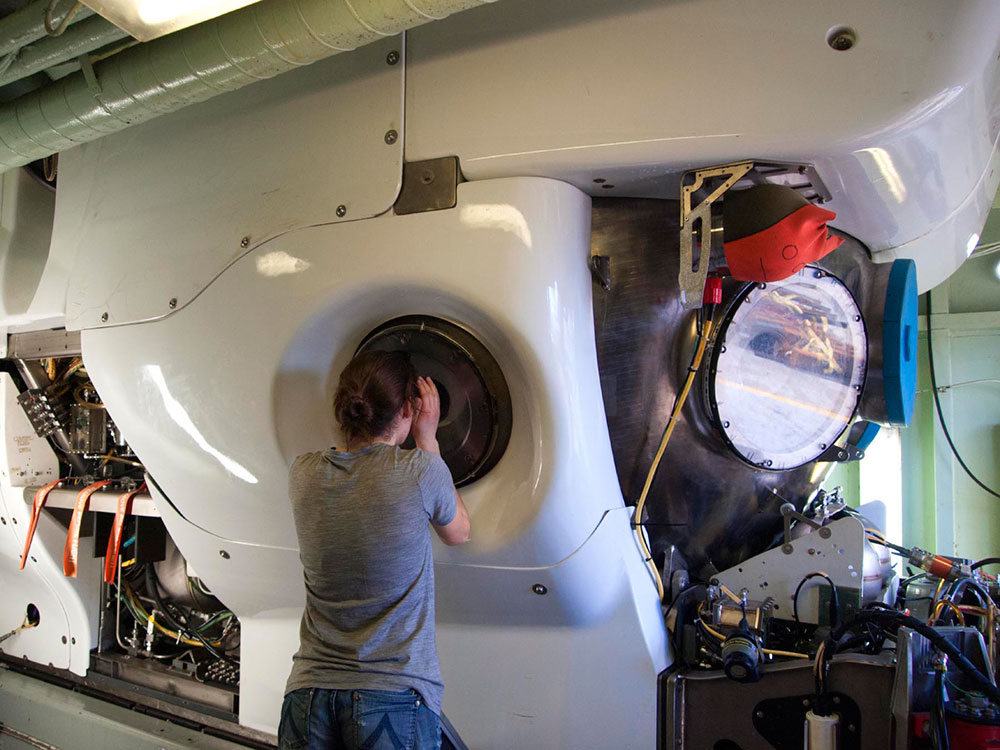
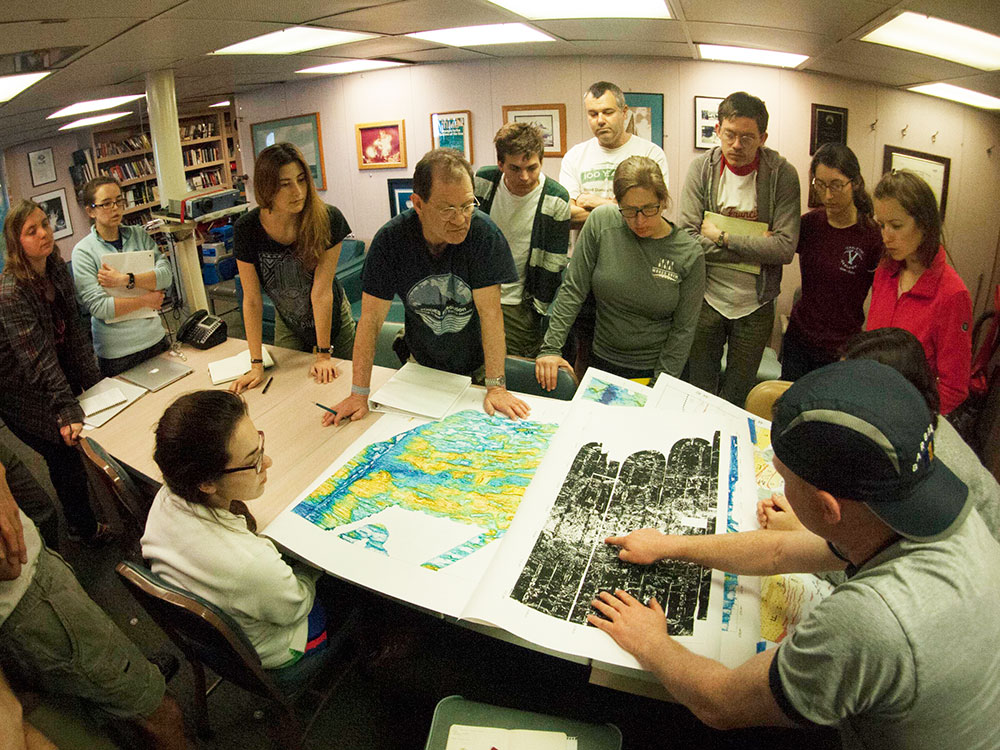
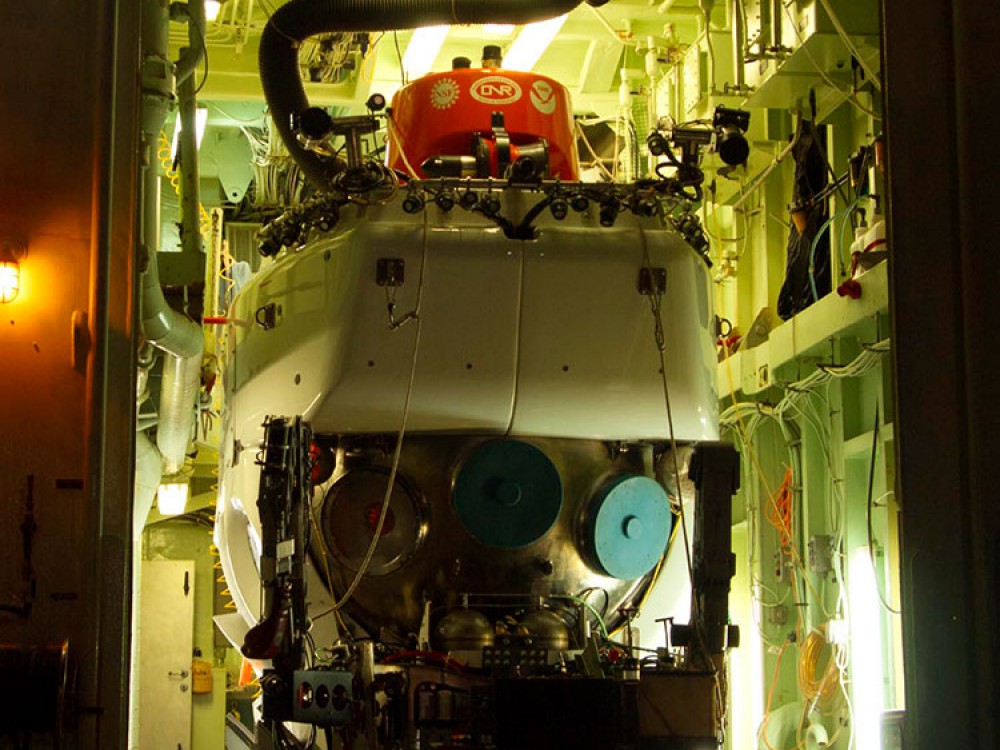
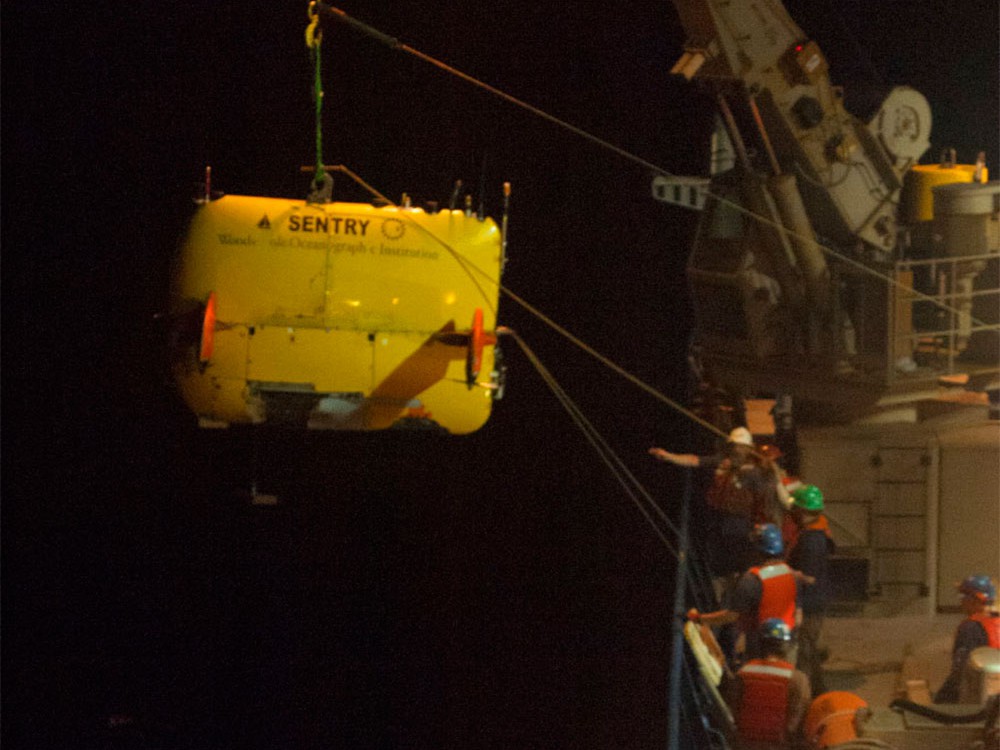
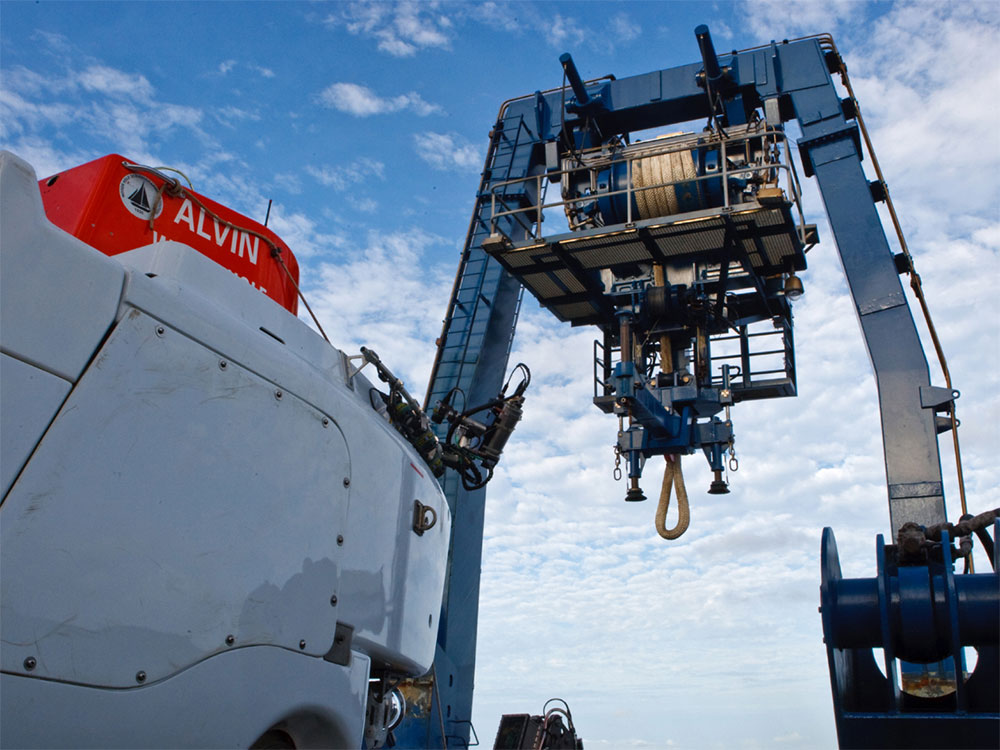
Here’s a look back at our arrival on the ship and our first week of science.

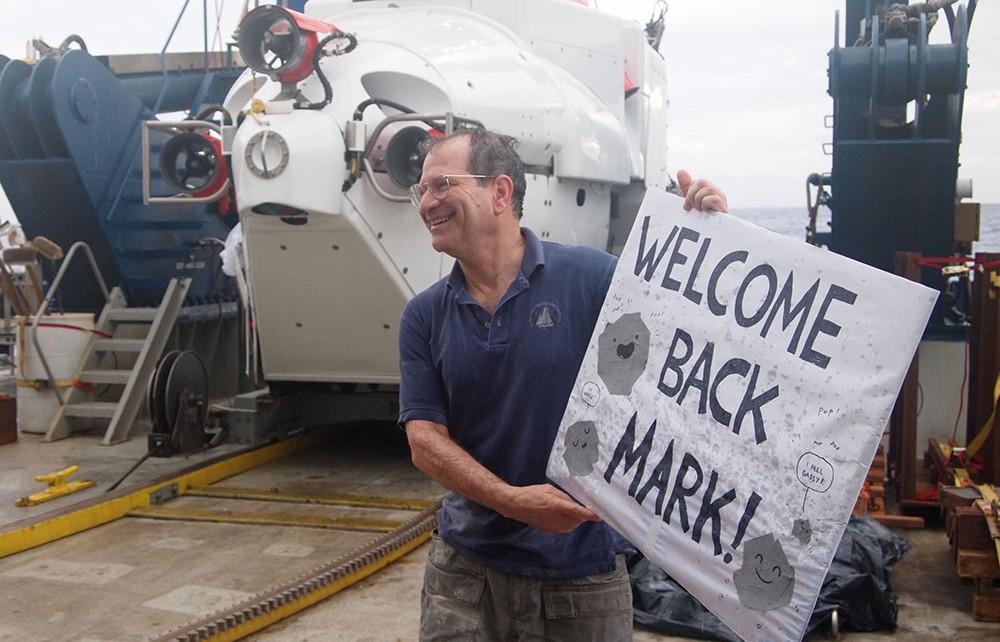
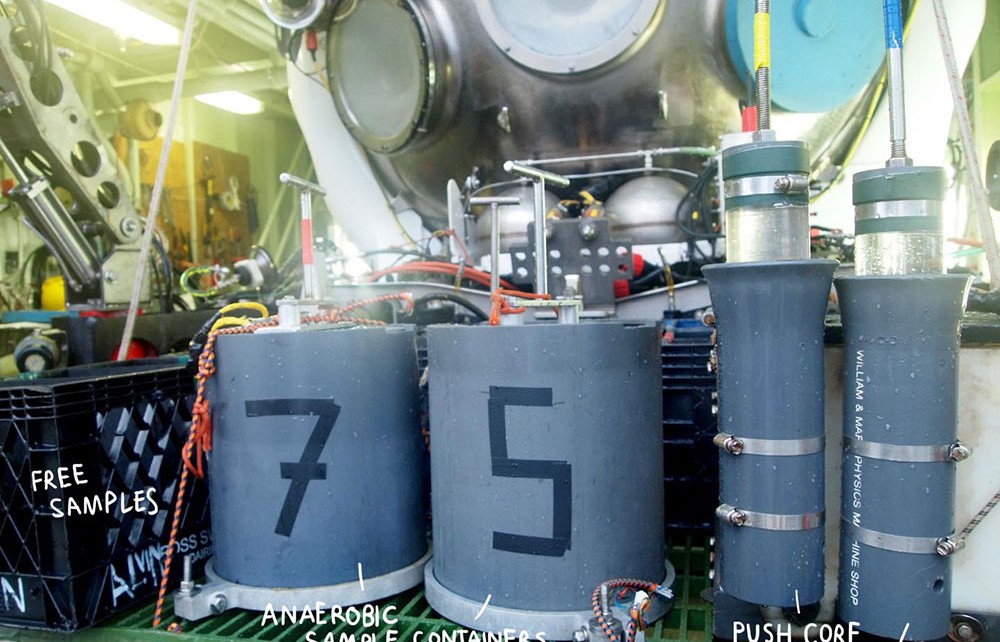
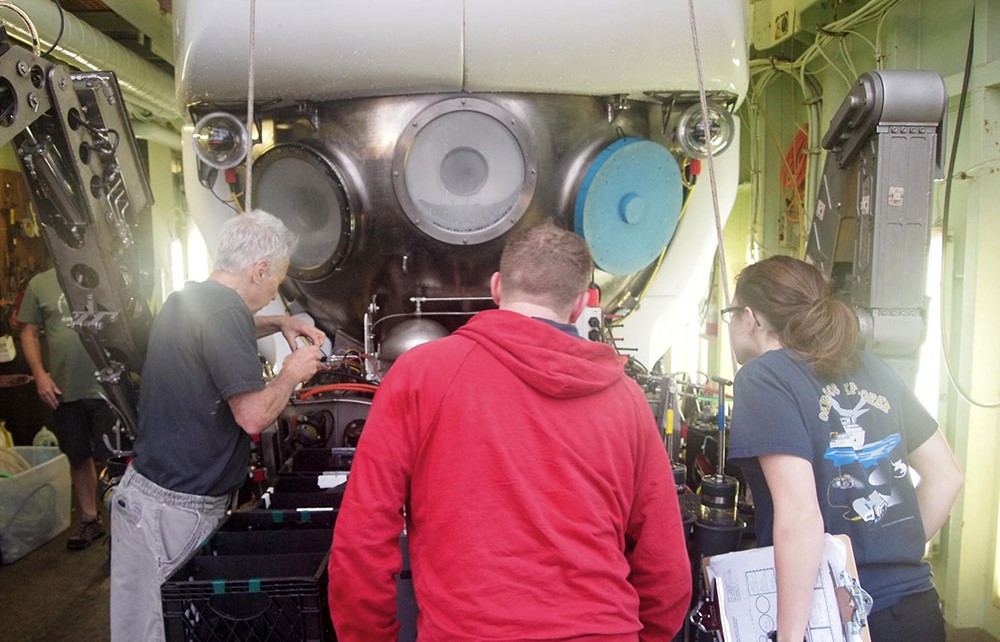
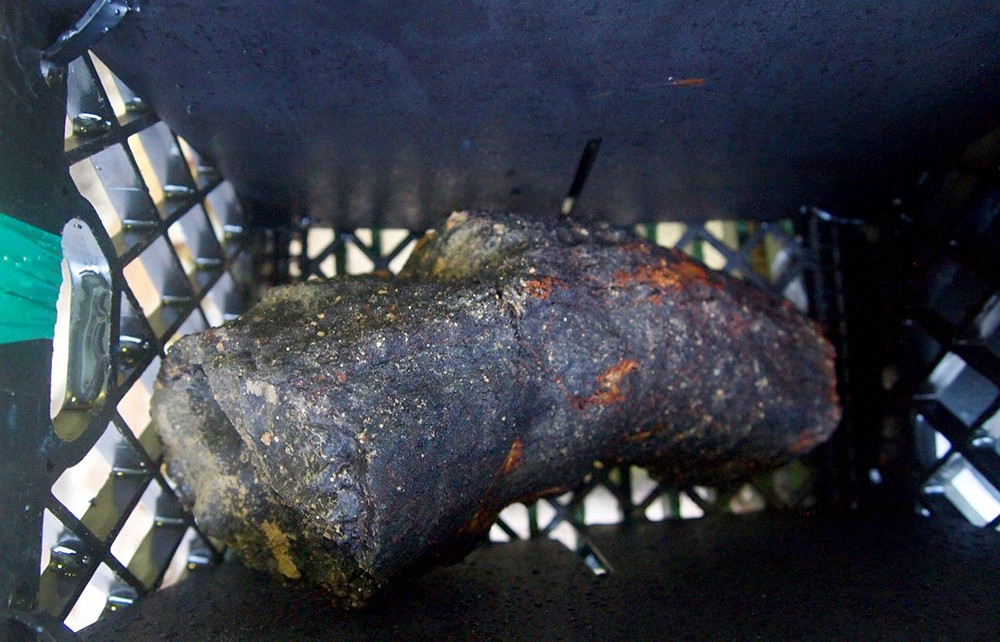
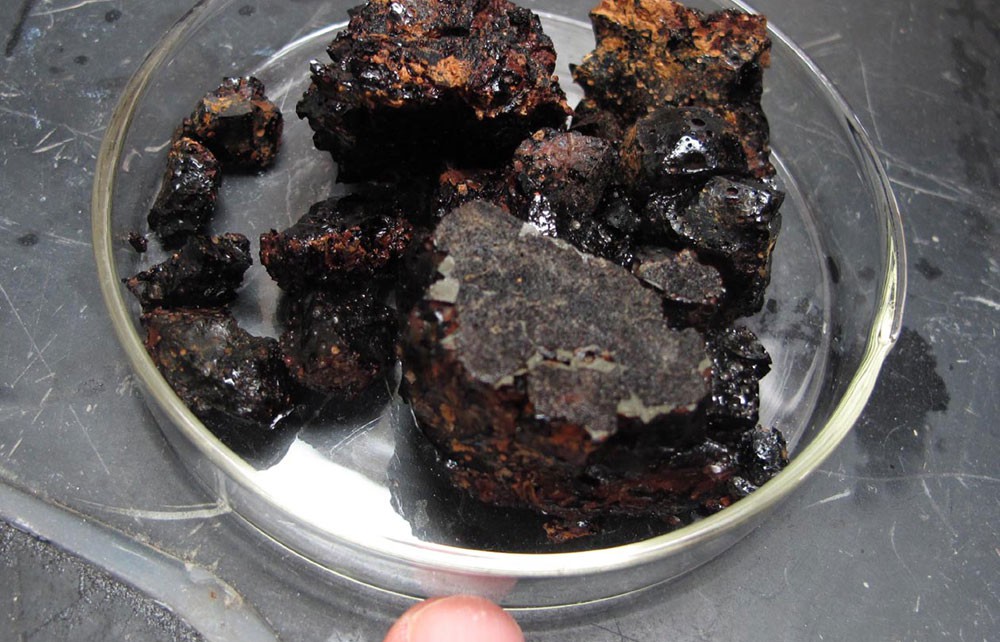
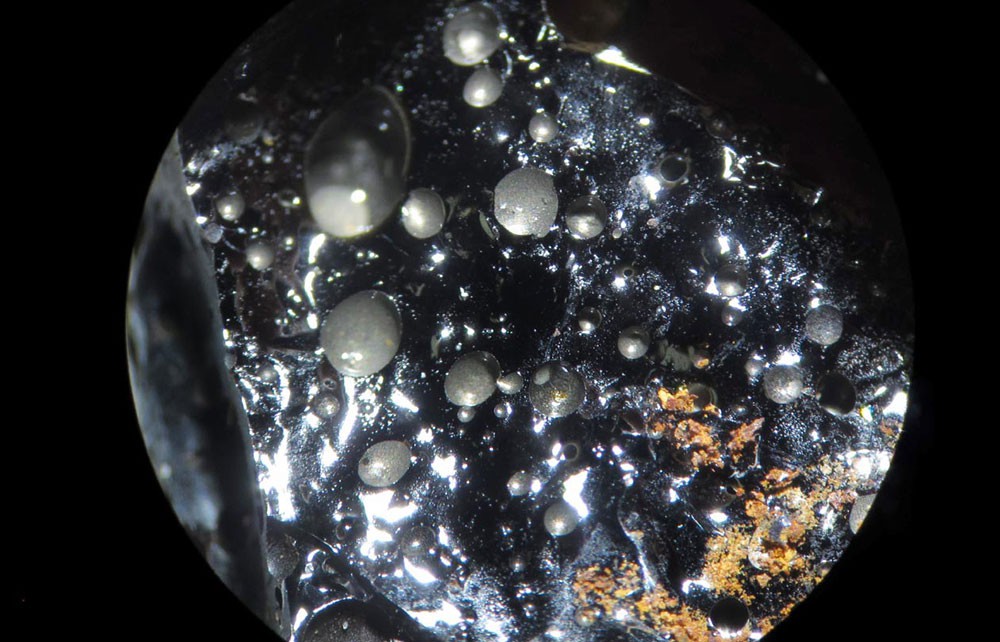
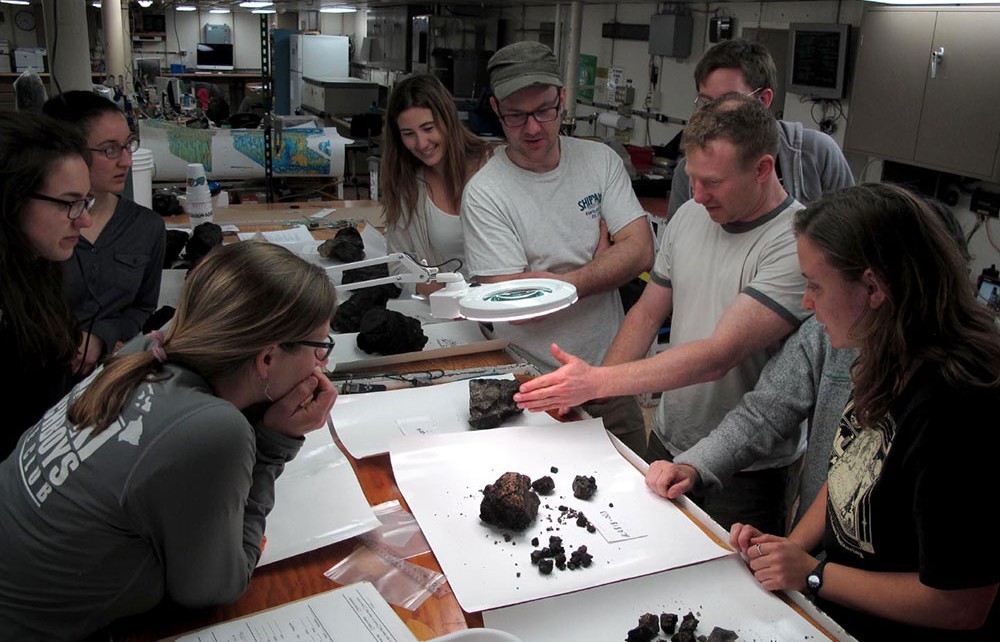
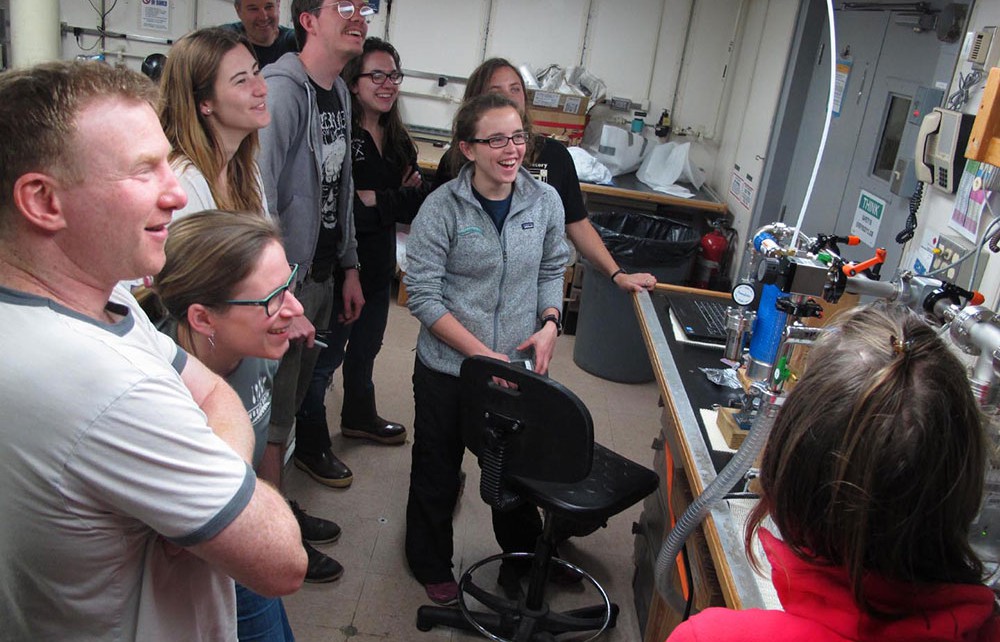
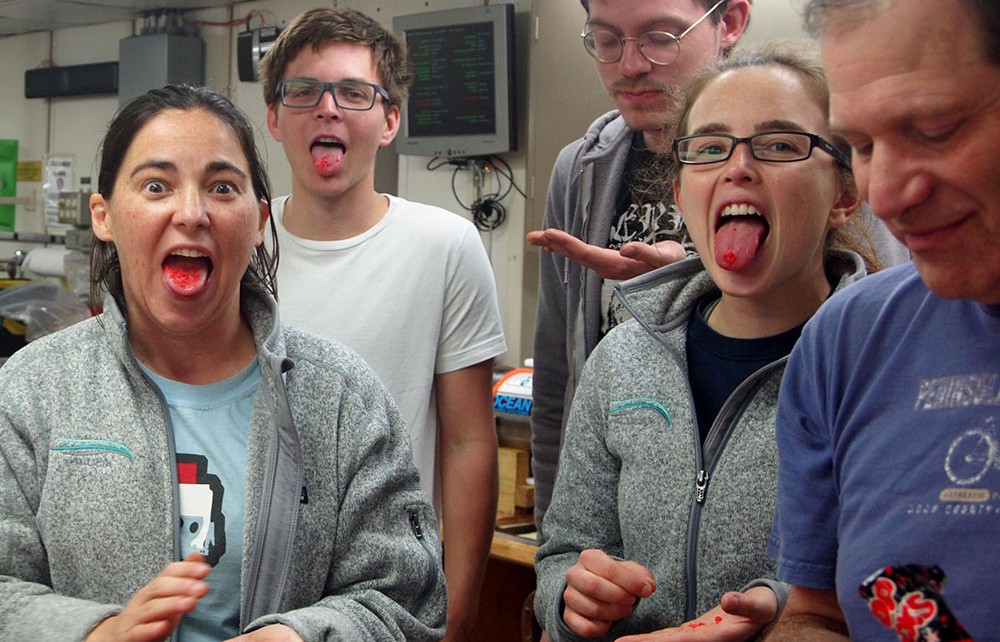
Well, it didn’t take long. Just a few hours after arriving on deck from our first Alvin dive, one of the glassy fragments of basalt went “POP!” right on the sample table. Read More→
 WHOI is the world's leading non-profit oceanographic
research organization. Our mission is to explore and understand the ocean and to
educate scientists, students, decision-makers, and the public.
WHOI is the world's leading non-profit oceanographic
research organization. Our mission is to explore and understand the ocean and to
educate scientists, students, decision-makers, and the public.
 This expedition is funded by the National Science Foundation.
This expedition is funded by the National Science Foundation.